A Personal Beer Brewery That Spouts Pro-Quality Suds In A Week
We may earn revenue from the products available on this page and participate in affiliate programs. Learn more › Most...
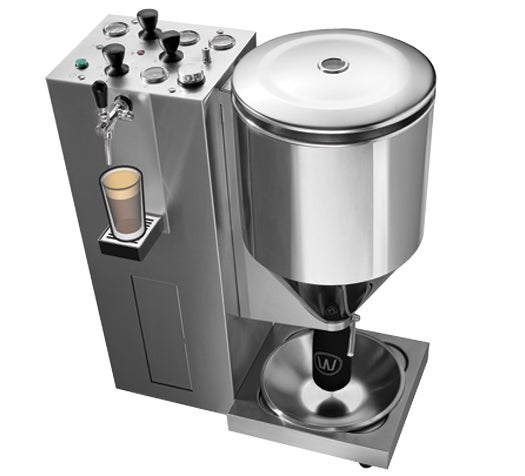
We may earn revenue from the products available on this page and participate in affiliate programs. Learn more ›
Most beer drinkers don’t have the time (or inclination) to muddle through the painstaking home-brewing process, but the WilliamsWarn Personal Brewery simplifies just about everything. The brewing system produces pro-grade beers in seven days, instead of four weeks. For now, WilliamsWarn brewers are limited to light ales, but eventually, says inventor and master brewer Ian Williams, they’ll be able to make, store, and pour 50-pint batches of beers, from lagers to stouts.
Click here to launch a step-by-step how it works gallery
The machine saves time by combining home brewing’s longest steps—fermentation, which usually takes a week, and carbonation, which can take at least two. The fermentation tank is also a pressure vessel, which traps carbon dioxide released by yeast, force-carbonating the beer. The system also does away with two common foes of freshness: the sealed vessel keeps out oxygen, a culprit behind flat-tasting pints; and a valve at the bottom of the tank isolates the yeast from the beer as soon as fermenting is done, which prevents meaty, off flavors.
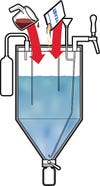
Day 1: Brew
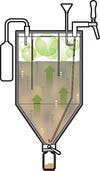
Days 2-5: Ferment and Carbonate
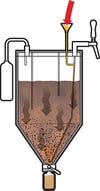
Day 6: Clarify
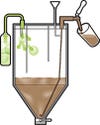
Day 7: Drink!